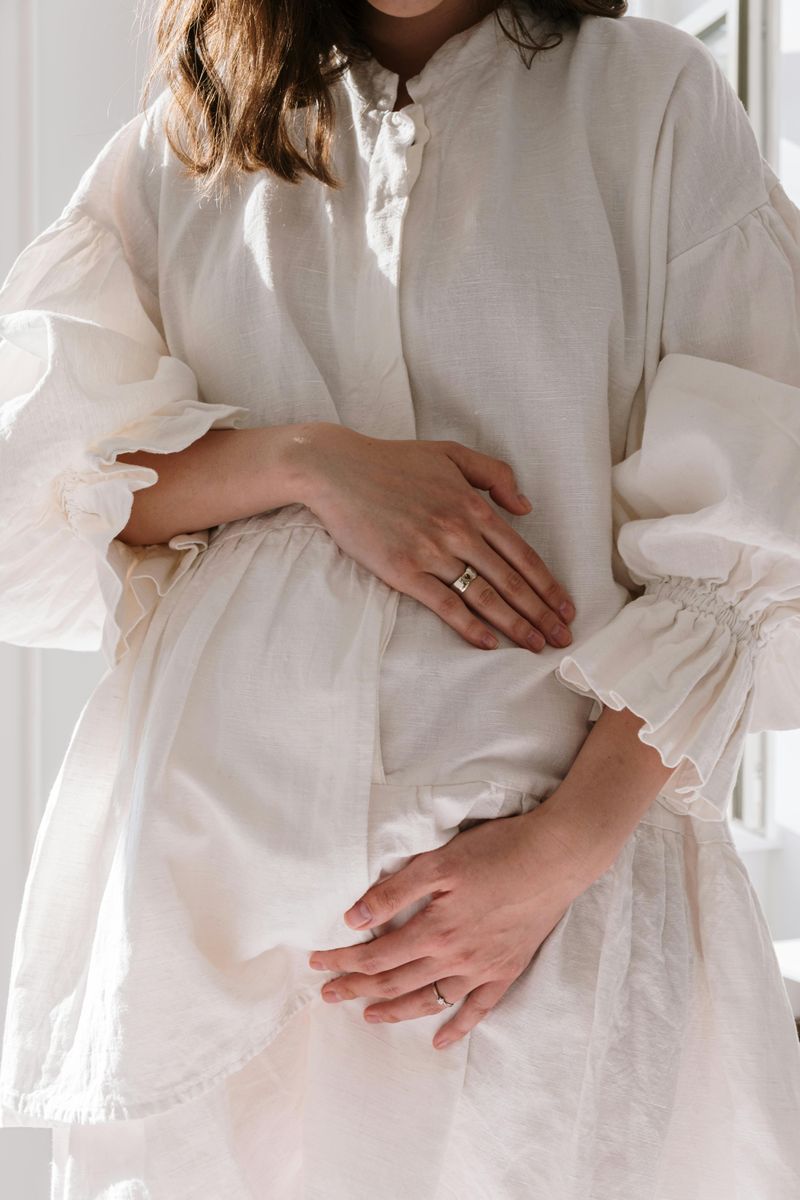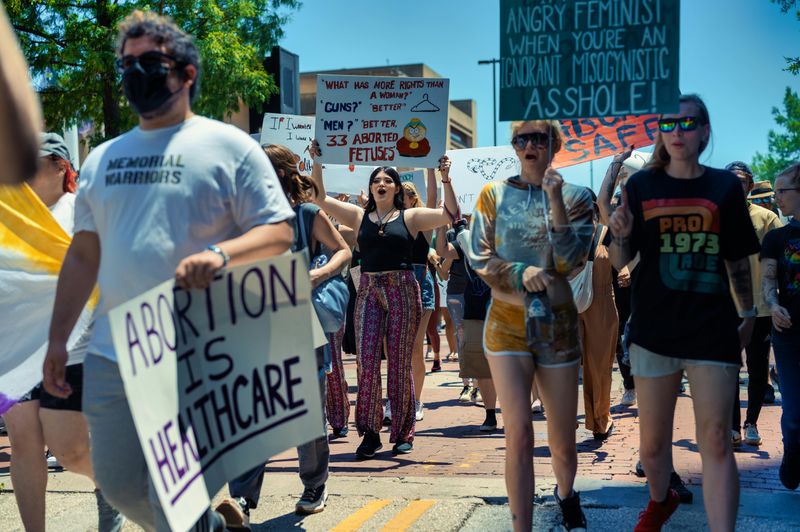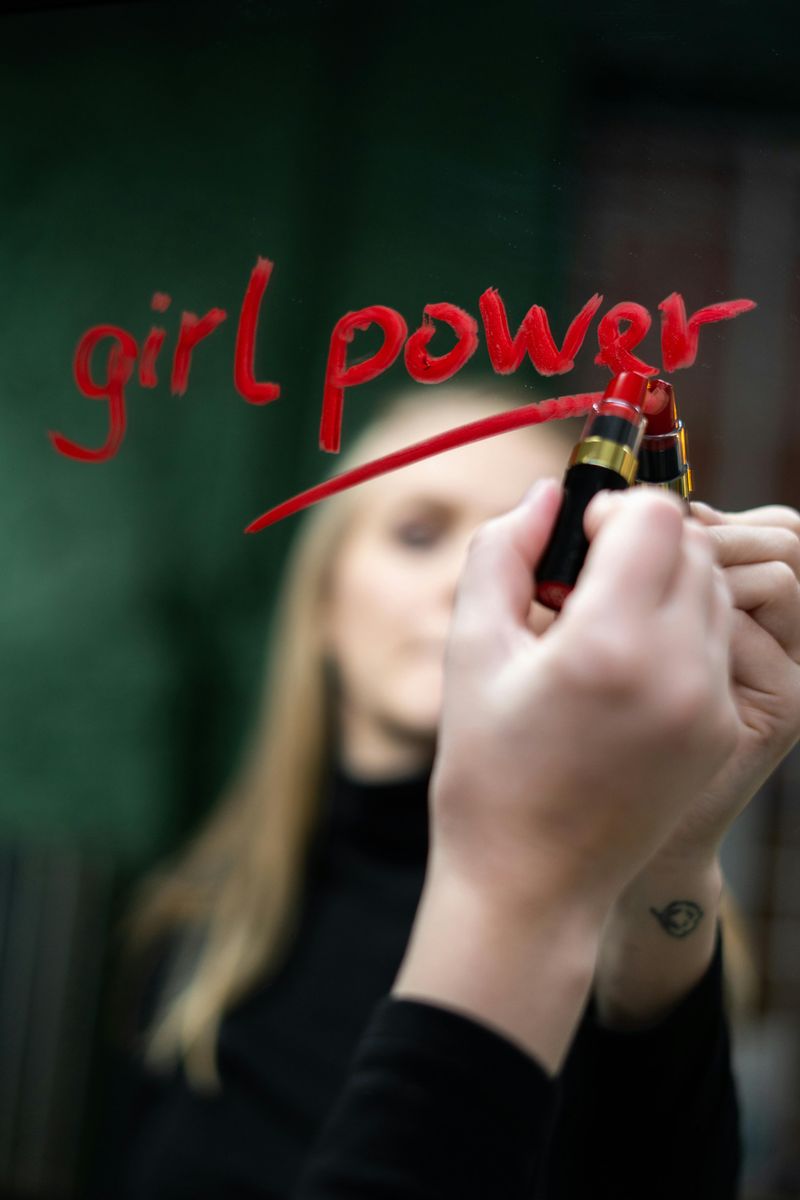22 Ways Life Was Unfair for Women in the 1970s

The 1970s were a tumultuous decade filled with social change, yet women faced numerous injustices that permeated every facet of life. From financial discrimination to limited career opportunities and personal autonomy, women endured systemic inequalities that constrained their potential and personal freedom.
1. No Legal Right to Obtain a Credit Card Without a Man

In the early 1970s, a woman could be denied a credit card unless her husband co-signed the application. Even if she was financially stable and employed, banks often viewed women as inherently riskier borrowers simply because of their gender.
Married or not, women were subject to discriminatory practices that tied their financial identity to a man’s approval. This lack of autonomy made it difficult to build credit, rent an apartment, or make large purchases independently.
It wasn’t until the Equal Credit Opportunity Act of 1974 that creditors were legally barred from discriminating based on sex or marital status. Until then, financial independence remained out of reach for many women.
2. Banks Could Deny Loans Based on Gender

Securing a loan in the 1970s as a woman often came with layers of unjust scrutiny. Banks were legally allowed to factor in gender when making lending decisions, and many used this as a reason to deny credit to women entirely.
This practice made it nearly impossible for women to start businesses, purchase homes, or invest in their futures without a man’s help. Married women were seen as financial liabilities, while single women were dismissed as unstable risks.
Lenders had enormous power to shape a woman’s economic mobility, reinforcing the idea that men were the primary breadwinners and decision-makers.
3. Birth Control Access Was Limited

Although the FDA approved the birth control pill in 1960, access remained uneven well into the 1970s. For unmarried women, getting a prescription was often met with stigma—or outright denial from pharmacists and doctors.
Some states had laws barring single women from obtaining contraception at all. Even married women faced barriers, particularly if their husband disapproved or if they lived in conservative areas with limited healthcare access.
The lack of reproductive autonomy severely limited women’s ability to plan their lives. It wasn’t just about pregnancy prevention—it was about control over one’s body, career, and long-term goals
4. Marital Rape Was Not Considered a Crime

Throughout the 1970s, the concept of marital rape was practically nonexistent in the eyes of the law. Once a woman said “I do,” her legal right to refuse sex was essentially void.
The prevailing belief was that consent was permanently granted within marriage. This meant that a husband could force himself on his wife without facing any legal consequences—no matter how violent or unwanted the act.
It wasn’t until 1976 that Nebraska became the first state to outlaw marital rape. For many women, protection from sexual violence depended not on justice, but on whether they were single or married.
5. Job Ads Were Segregated by Gender

Flipping through the classifieds in a 1970s newspaper, women would see job listings divided into “Help Wanted—Male” and “Help Wanted—Female.” This segregation wasn’t just social—it was institutional and widely accepted.
High-paying or career-track roles were typically listed under the male section, while the female ads focused on clerical, retail, and domestic positions. Ambitious women were often funneled into “pink-collar” jobs, regardless of their qualifications
These gendered listings didn’t just reflect workplace bias—they perpetuated it. Even with equal skills or experience, women faced a job market that told them clearly: some doors simply weren’t open to them.
6. Pregnancy Meant Losing Your Job

Announcing a pregnancy in the workplace often meant the end of a woman’s career—or at least her current job. Employers were legally permitted to fire or refuse to hire pregnant women, citing concerns about productivity, liability, or “company image.”
Some women tried to hide their pregnancies for as long as possible to avoid dismissal, while others were forced out as soon as they began to show. Maternity leave was a rare luxury and, more often than not, unpaid.
It wasn’t until the Pregnancy Discrimination Act of 1978 that employers were prohibited from treating pregnancy as a fireable offense. But before that, motherhood came with harsh professional penalties.
7. No Protection Against Workplace Harassment

Women who faced unwanted advances or sexual harassment at work had nowhere to turn in the 1970s. There were no formal policies or legal protections in place, and most employers didn’t take such complaints seriously.
Many women feared retaliation or dismissal if they spoke up, while others endured the harassment silently to keep their jobs. The workplace culture normalized inappropriate behavior, brushing it off as jokes or compliments.
It wasn’t until the late 1970s and early 1980s that courts began recognizing sexual harassment as a violation of civil rights. Before then, women were expected to tolerate the intolerable.
8. No Guaranteed Maternity Leave

Taking time off after giving birth wasn’t a right—it was a risk. In the 1970s, there were no federal laws mandating maternity leave, and most employers had no policies in place to support new mothers.
Women who asked for time off often faced termination or were pressured to quit. Some had to return to work just days after delivery out of fear of losing their income or position.
The Family and Medical Leave Act wouldn’t pass until 1993, leaving decades of mothers to navigate childbirth and employment without any guaranteed support or job security.
9. Women Could Be Denied Access to Jury Duty

Being a woman didn’t automatically qualify you for civic participation. In some states during the 1970s, women were not summoned for jury duty unless they explicitly volunteered—something not required of men.
This legal exclusion sent a message that women’s opinions were less valid in judicial matters. In turn, it contributed to juries that were overwhelmingly male, particularly in cases involving gender-based violence or discrimination.
It wasn’t just about participation—it was about justice. A legal system that sidelined women’s voices also overlooked their experiences and perspectives in some of the nation’s most critical decisions.
10. No Access to Ivy League Education

Despite being academically capable, women faced major barriers to elite education. Many Ivy League schools, including Yale, Princeton, and Dartmouth, did not admit women as undergraduates until the early to mid-1970s.
Even after coeducation was introduced, female students were often treated as outsiders or tokens. Resources, faculty attention, and alumni networks still heavily favored men.
This exclusion meant women missed out on top-tier opportunities in law, medicine, business, and academia—fields where prestige and connections often make all the difference. The door wasn’t just locked for women—it was barely cracked open.
11. Divorced Women Were Financially Vulnerable

Leaving a marriage in the 1970s came with serious financial consequences for women. Alimony laws were inconsistent, and child support enforcement was weak at best.
Women who had been homemakers often had no personal income, no work history, and no access to shared assets after divorce. Without legal protections, they were left to start over with little more than what they could carry.
Divorce may have offered freedom from unhappy marriages, but it also meant navigating a world that assumed women needed a man to survive—both emotionally and economically.
12. Sex Discrimination Was Rampant in the Workplace

Hiring managers in the 1970s could legally ask women about their marital status, plans for children, or even how their husbands felt about them working. These questions weren’t just invasive—they were tools for discrimination.
Many employers openly stated preferences for male applicants, assuming they were more committed or capable. Women were passed over for promotions, excluded from leadership tracks, and paid less for the same work.
The Civil Rights Act of 1964 banned employment discrimination, but enforcement was weak and slow. For most of the 1970s, women fought an uphill battle for professional respect and recognition.
13. Female Athletes Had Few Rights

Before Title IX was enforced in 1972, female athletes received little support, funding, or visibility. High schools and colleges invested heavily in men’s sports while neglecting women’s programs entirely.
Girls who wanted to compete had to organize their own teams, buy their own uniforms, and practice during off-hours. Scholarships for female athletes were almost nonexistent, limiting access to higher education and professional opportunities.
Title IX began to shift the landscape, but progress was gradual. Throughout much of the decade, being a female athlete meant playing hard—with very little recognition or reward.
14. Domestic Violence Was Considered a “Private Matter”

Police departments in the 1970s were notoriously reluctant to intervene in cases of domestic abuse. Officers often dismissed violence in the home as a “family issue” that didn’t require legal involvement.
Women who reported abuse were frequently sent back to their abusers with little more than a warning. Shelters were rare, resources were scarce, and the justice system offered little to no protection.
This culture of silence left countless women trapped in dangerous situations, with no safe escape or social support. It would take decades of activism before domestic violence was seen—and treated—as a serious crime.
15. Abortion Was Illegal in Most States

Until the Supreme Court’s Roe v. Wade decision in 1973, abortion was outlawed in the majority of U.S. states. Even in cases of rape, incest, or danger to the mother’s health, access was severely restricted.
Women desperate to terminate pregnancies often turned to unsafe and illegal procedures, risking their lives and freedom. Hospitals could refuse care, and women could face criminal charges for seeking or having an abortion.
The lack of reproductive choice wasn’t just a health issue—it was a human rights crisis. Until that landmark ruling, control over a woman’s body belonged largely to the state.
16. Career Options Were Extremely Limited

Professional ambition for women was met with social resistance and structural barriers. Most career advice steered women toward teaching, nursing, or secretarial work—roles deemed “appropriate” due to their nurturing or supportive nature.
Fields like engineering, finance, law, or medicine were largely male-dominated and unwelcoming. Even highly qualified women found themselves locked out of leadership tracks or academic advancement.
These limitations weren’t based on ability—they were the result of outdated gender norms. For women with big dreams, the 1970s often felt like a closed door with no key in sight.
17. Women Were Rarely Seen in Leadership Roles

Climbing the corporate ladder in the 1970s was nearly impossible for women. Executive boards, political offices, and decision-making committees were overwhelmingly male, with women relegated to subordinate positions.
Leadership potential in women was often overlooked or dismissed entirely. Those who did manage to rise were exceptions, not the norm—and they frequently faced isolation, hostility, or tokenism.
Without mentors, networks, or systemic support, most women hit a “glass ceiling” long before the term even existed. Their voices weren’t just underrepresented—they were actively silenced at the top.
18. Marriage Could Erase a Woman’s Legal Identity

Taking a husband’s last name wasn’t just a tradition—it often came with legal consequences. In some states, married women automatically lost their maiden names on identification, employment records, and legal documents.
This practice made it difficult to maintain professional identities or personal independence. In some cases, married women had to get their husband’s permission to apply for a passport, driver’s license, or lease.
The assumption was clear: a woman’s legal status was secondary to her husband’s. Her identity was absorbed into his, making autonomy difficult in both name and law.
19. Spousal Consent Was Needed for Medical Procedures

Healthcare providers in the 1970s often required a woman to get her husband’s approval for procedures like tubal ligation, even if she didn’t want more children—or never wanted any.
This paternalistic system treated women as incapable of making informed decisions about their own bodies. The assumption was that a husband had final say, even in matters of fertility or surgery.
Consent laws were rarely questioned and even more rarely challenged. For many women, bodily autonomy ended at the altar and resumed only if their spouse permitted it.
20. Fashion Was Policed More Than Freedom

Dress codes for women in the workplace, schools, and public spaces were rigid and often sexist. Women were expected to wear skirts, heels, and makeup to appear “professional,” regardless of practicality or comfort.
If a woman dressed “too provocatively,” she was labeled as unprofessional or immoral. If she dressed “too masculine,” she was ridiculed or ostracized. Clothing became a battleground for respectability.
These societal expectations weren’t just about style—they were about control. Women were judged more for their appearance than their abilities, forcing them to navigate a narrow and often contradictory standard.
21. No National Conversation on Consent

In the 1970s, the idea of “consent” as we understand it today was barely part of public discourse. Media, courts, and even educational institutions rarely addressed the concept, and when they did, it was oversimplified or ignored.
Women were often blamed for being assaulted, with questions about what they were wearing, how much they drank, or whether they “led someone on.” The burden of proof and protection rested almost entirely on the victim.
Without widespread education or legal definitions, many didn’t even realize what happened to them was a violation. Silence and shame took the place of justice.
22. Feminism Was Still Considered Radical

Standing up for women’s rights in the 1970s often came with a social price. Feminists were frequently labeled as man-haters, bra-burners, or troublemakers, reducing a movement for equality to a cultural punchline.
Mainstream media portrayed feminism as disruptive rather than empowering. Women advocating for change were mocked or accused of threatening traditional family values.
This hostility discouraged many from speaking out, even if they agreed with the cause. For much of the decade, wanting equal pay, legal protection, and autonomy made you “radical”—when in reality, it just made you reasonable.

Comments
Loading…